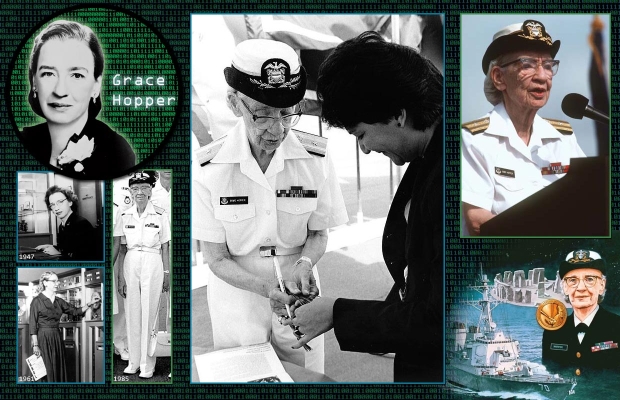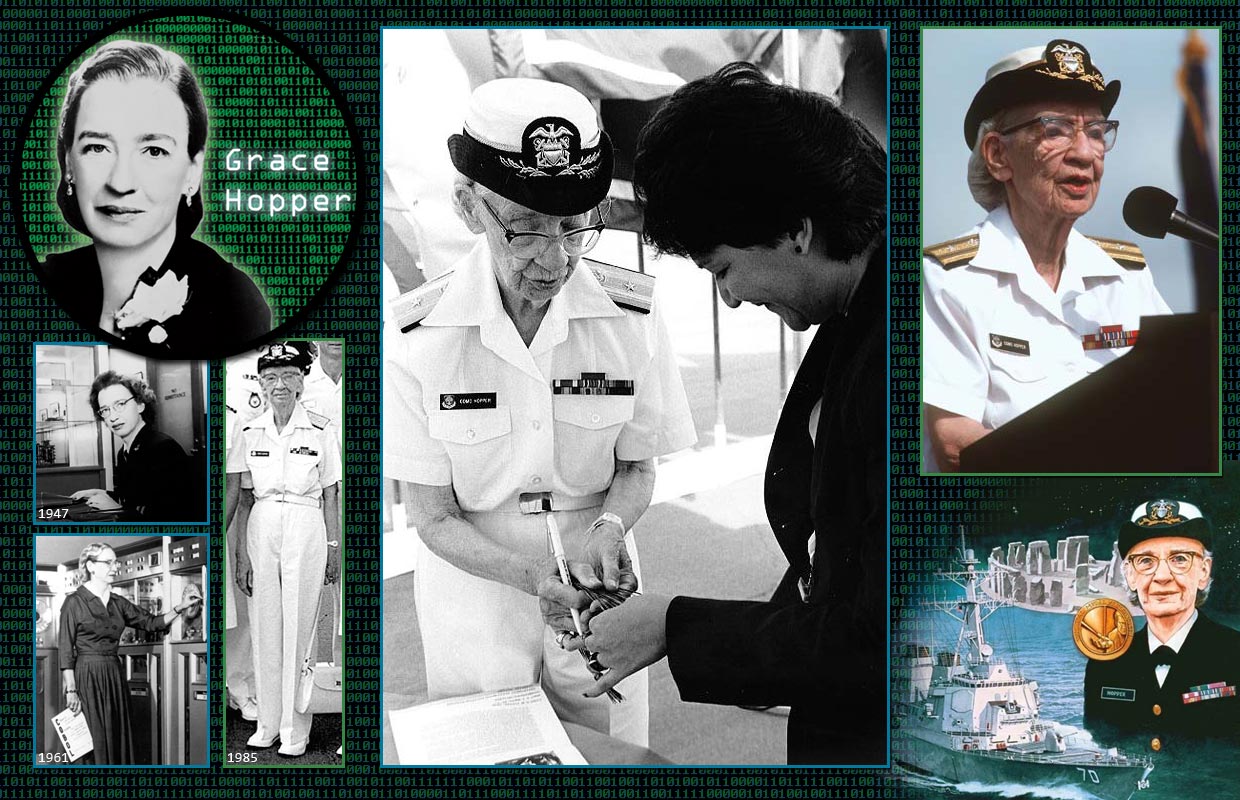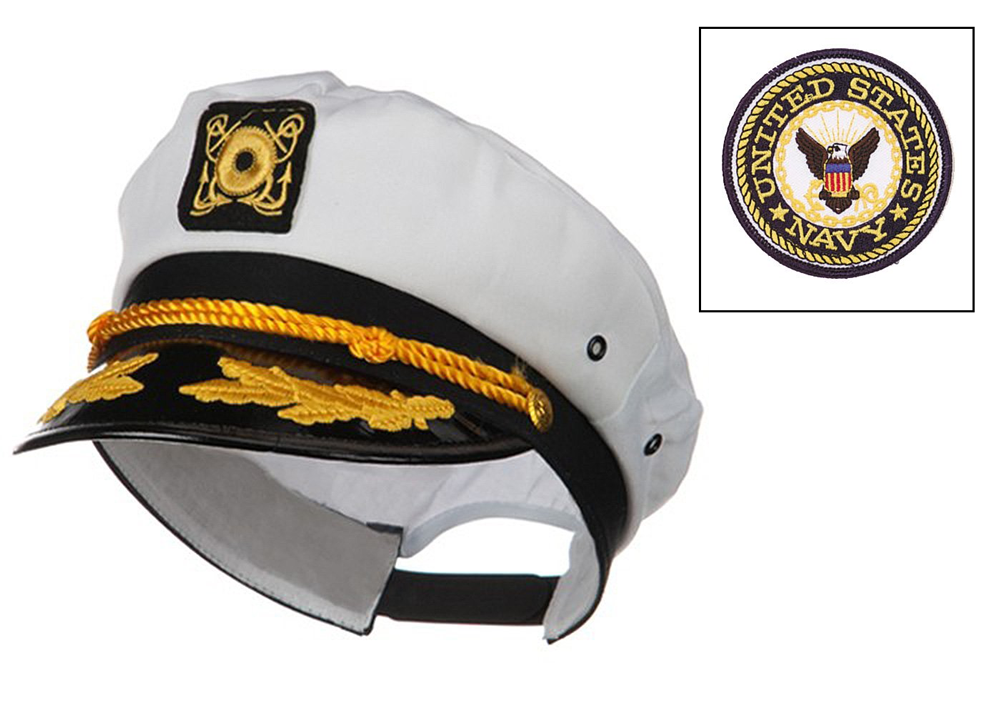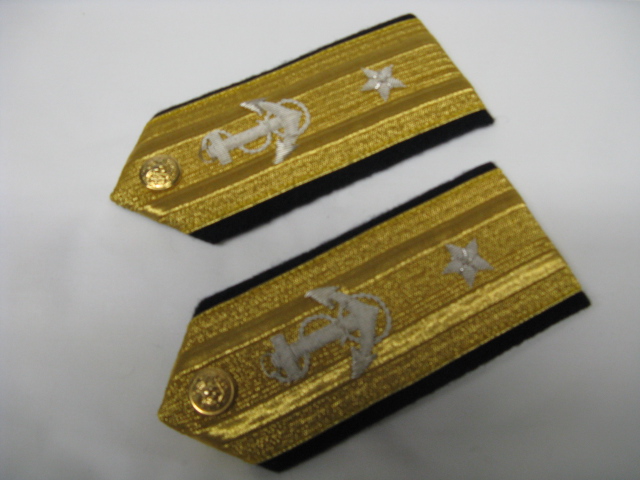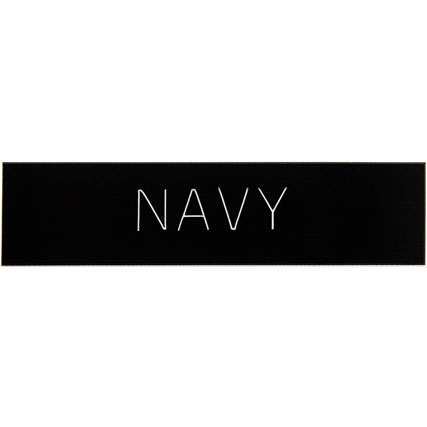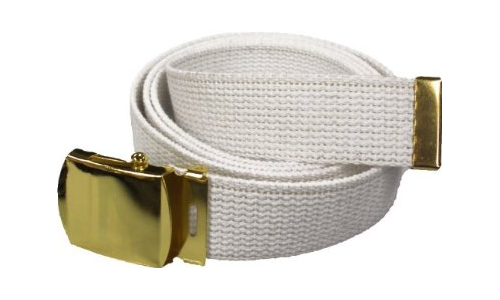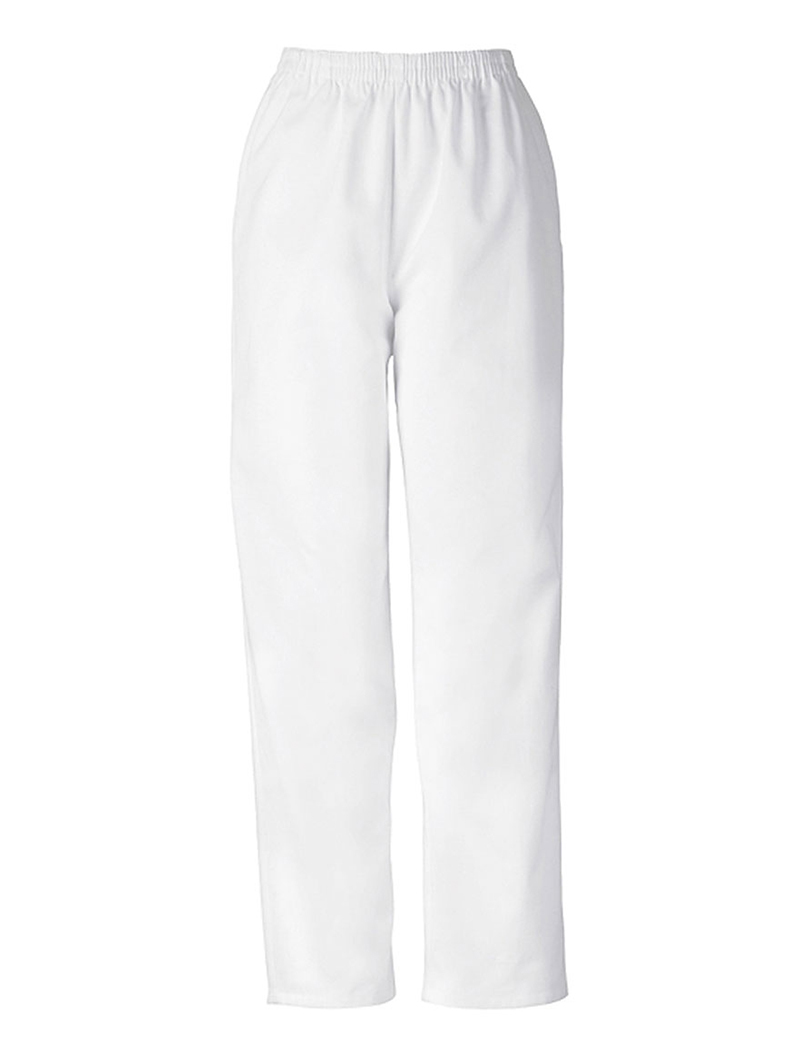If it weren’t for Admiral Grace Hopper (1906-1992), you wouldn’t be reading this. There wouldn’t be an Internet to read it on. There wouldn’t be personal computers or word processors or any of the other digital wonders that we now take for granted. That’s because before Grace Hopper—“Amazing Grace,” mathematician and computer pioneer extraordinaire—computers were just big calculating machines doing arithmetic. Programming consisted of working directly on the machine, feeding it numeric commands. Hopper’s genius invention was the compiler: an intermediate step that would translate human instructions into machine-readable code. With the compiler, programmers no longer had to “speak” in ones and zeroes; they could work in a more natural language and develop incredibly complex programs, and then have the compiler turn it into binary code for the machine. Perhaps more than any other single invention, the compiler was what truly unleashed the power of electronic computing.
As if that weren’t enough, Grace Hopper also wrote the first programming language in English (which became the basis for COBOL), pioneered fundamental programming practices that are still at the heart of computing, and even popularized the terms computer bug and debugging. She was such a towering figure that the Data Processing Management Association chose her for their first Computer Sciences Man of the Year Award in 1969. (Insert all the ironic exclamation points in the world.)
She spent the last two decades of her career on active duty with the Navy, which is how everybody remembers her: the tiny elderly Admiral, still sharp as a needle, evangelizing about the power of computers. This makes the costuming simple, since a Navy uniform is pretty distinctive. It’s also easy to pull off if you go for the Summer White uniform, which is just a short-sleeve shirt and pants combo. You can buy a real U.S. Navy Female Officer Summer White Uniform from uniforms-4you.com:
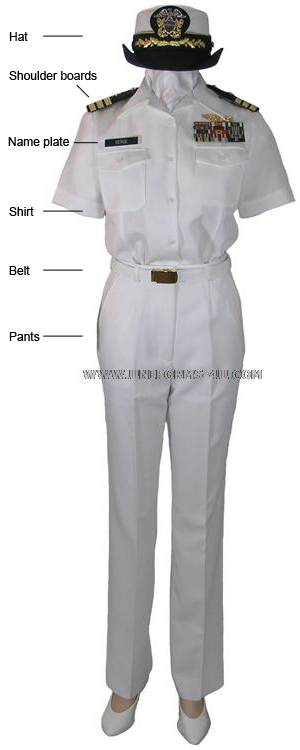
You could also fake it by putting together some items that more or less resemble the uniform components:
1. Hat: Yacht captain hat. Cover up the yacht emblem with an iron-on Navy patch and you’re good to go.
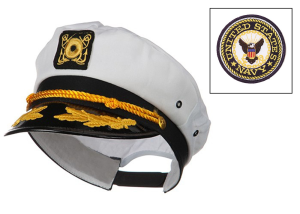
2. Shoulder boards: Admiral Hopper retired with the rank of Rear Admiral (Lower Half). She had initially retired from the Naval Reserve with the rank of Commander in 1966, but then was recalled to active duty for the next 20 years. She was promoted to Captain and then Commodore, and became a Rear Admiral in 1985 when the Navy renamed the rank of Commodore to Rear Admiral (Lower Half). So you need hard shoulder boards for a US Navy Rear Admiral (Lower Half).
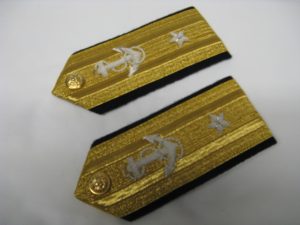
You can sometimes find these at a surplus store, or you can try making your own. Here’s another website that carries them and their photos are really big, so you can see what they look like in real life: Navy Hard Shoulder Board – Line Officers. For homemade shoulder boards, try shirt cardboard cut to shape, black felt, and gold trim and appliques from a fabric store.
3. Name plate: Custom Navy name plate. This is the genuine article, but it’s very inexpensive.

4. Shirt: Cherokee 2878 Women’s Professional Whites Lapel Collar Top. Scrubs are way cheaper than Navy uniforms, and if you pick the right style they can work for a costume. Tuck this blouse in and it will look fine.

5. Belt: Military 54″ Web Belt (White w/Gold Buckle).
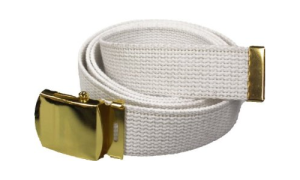
6. Pants: Cherokee 4001 Women’s Pull-On Scrub Pants. It’s not easy to find basic white pants that sit at the natural waist, the tyranny of fashion being what it is. These scrubs fit the bill reasonably well, and the belt will cover up the elastic waistband. You can use a couple of very large safety pins as discreet belt loops; just pin them on the inside of the waistband so that the straight metal part is on the outside. You’ll have two rigid steel belt loops that no one will even notice.
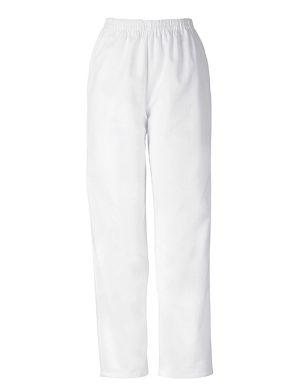
Shoes: If you already have white shoes, fantastic. If you don’t, white Oxfords like this are what you need:
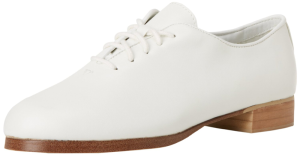
Nanoseconds: At her lectures Admiral Hopper would pass out wires cut to exactly 11.8 inches in length. This, she would explain, was the distance light could travel in one nanosecond, which is one-billionth of a second. The wires she handed out were actually the single wires from inside old salvaged 25-pair telephone cable. You can do the same thing by ripping up some old junky cable you have lying around the house and cutting off individual pieces.
Illustration credits: The photographs of Admiral Hopper from the 1940s through the 1980s are file images from the Navy and the Library of Congress. The painting in the lower right-hand corner is by Tom Freeman and was created for the commissioning of the USS Hopper in 1997. The full painting was originally available on the Seaforces information page for the ship: DDG 70—USS Hopper.

